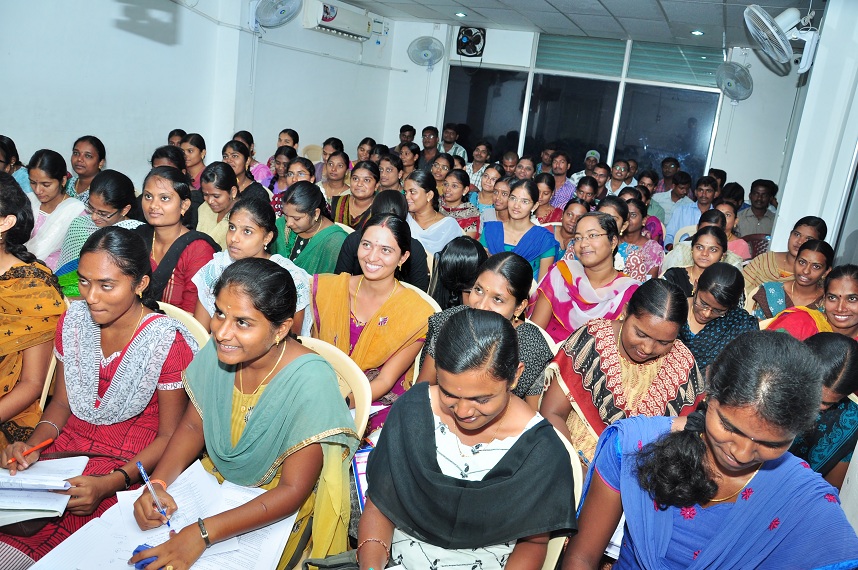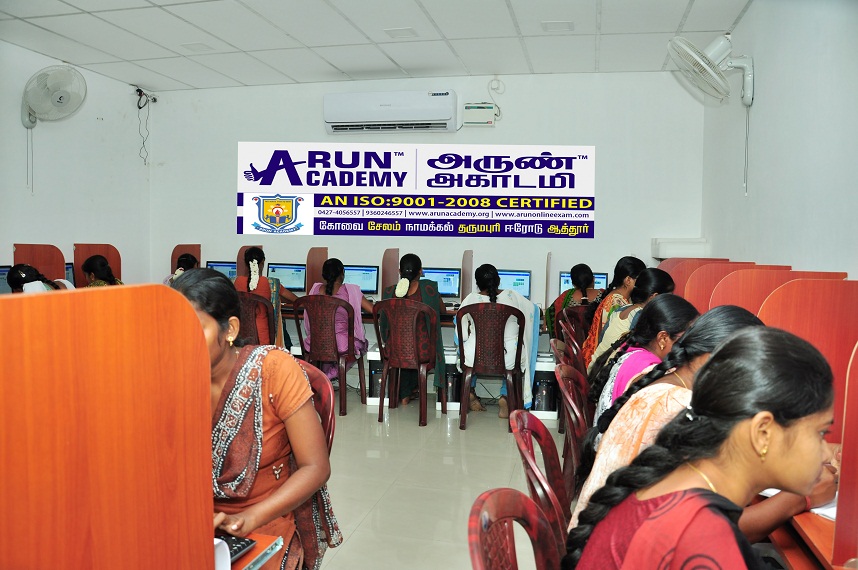- Remaining Timing :-
(1). Ghoomar is the dance of which state_________
- (a). Karnataka
- (b). Rajasthan
- (c). Haryana
- (d). Andhra Pradesh
- (e). None of these
Explanation:
Ghoomar is a traditional folk dance of Rajasthan, India and Sindh‚ Pakistan. The Ghoomar dance is the distinctive dance of the Bhils and a community dance of the Rajputs. It is performed by women in swirling robes, and accompanied by men and women singing together
(2). Jhumar is the dance of which state_________
- (a). Assam
- (b). Punjab
- (c). Rajasthan
- (d). Karnataka
- (e). None of these
Explanation:
Jhumar or Jhoomar is a lively form of music and dance that originated in the Multan and Balochistan, also thrived in Sandalbar areas ofPunjab in Pakistan. It is slower and more rhythmic form. The word "Jhumar" comes from Jhum/Jhoom, which means Swaying. The songs evoke a quality which reminds of swaying. Though the content of these songs is varied - they are usually love with emotional songs too. The Jhumar is a dance of ecstasy.[1] Jhumar is performed at the wedding ceremonies usually. It is a living demonstration of the happiness. The dance is mostly performed by the Balochi and people of Southern Punjab Pakistan. The emphasis of Jhumar is recreating the gaits of animals and birds. The movement of animals, the ploughing of the field, sowing of seeds and harvesting are shown in the original progression. The dance is also performed in circle, to the tune of emotional songs.
(3). Loor is the dance of which state_________
- (a). Karnataka
- (b). Jammu & Kashmir
- (c). Assam
- (d). Haryana
- (e). None of these
Explanation:
Loor is a well known dance of Haryana. It is performed around the Holi festival and is very popular in the Bangar and Bagar parts of the region. In the Dadri area the term Loor is used for a girl. The participants in this dance are all girls. The dancers stand in two rows facing each other, in the form of a semi circle. One party starts a song. The dance starts with this song. For quite a while they discuss this problem. Finally the proposal is accepted. The next topic is about the presents to be given by the parents of the son to the girl at the time of marriage. Marriage itself is performed through the dance. The girl has reached her sasural or in-laws place. There will be full of sentiment. She mourns in song and dance. The husband is away in the army and not expected back for another twelve years. The unhappy girl addresses an imaginary pigeon and through a song she persuades the pigeon to convey her message to her husband. She continues her song and dance till the pigeon returns and sits on her shoulder. The pigeon informs her that her husband is coming home soon. With this message her joy know no bounds. The rhythm and tempo of her song now increase. Her companions who have come to congratulate her, circle around her and take the dance to its climax.
(4). Kinnauri Nati is the dance of which state_________
- (a). Andhra Pradesh
- (b). Himachal Pradesh
- (c). Jammu & Kashmir
- (d). Karnataka
- (e). None of these
Explanation:
The Kinnauri Nati is mainly a mime but also incorporates some abstract, languid sequences. Important among the dances of Nati is 'Losar shona chuksom', which takes its name from Losai, or the New Year. The dance depicts all the activities involved in sowing the crop and reaping it.
(5). Karma Naach is the dance of which state_________
- (a). Assam
- (b). Madhya Pradesh
- (c). Jammu & Kashmir
- (d). Jharkhand
- (e). None of these
Explanation:
Karma dance or Karma Naach is a tribal dance. The Karma dance is a tribal community dance performed by the Gonds,Binjahal, Kharia, Oraon, Kisan and Kol and other tribal annually during the karma festival. Karma is a famous autumnal festival, it starts from the 11th day of the bright fortnight of the month of Bhadrab. It is performed in the tribal dominant areas of Western Orissa, Chhattisgarh and Madhya Pradesh. Karma means 'fate'. This folk dance is performed during the worship of the god of fate which is known as Karam Devta. People consider the god of fate as the cause of good and bad fortune
(6). Namgen is the dance of which state_________
- (a). Andhra Pradesh
- (b). Assam
- (c). Karnataka
- (d). Himachal Pradesh
- (e). None of these
Explanation:
The Namagen dance is performed in the month of September to celebrate the autum. They were costumes which are largely woolen and studded with ornaments of silver. They are worn by women. Mostly men and women dance together.
(7). Kud is the dance of which state_________
- (a). Jammu & Kashmir
- (b). Telangana
- (c). Karnataka
- (d). Assam
- (e). None of these
Explanation:
The Kud dance, which is performed by the local people of Jammu's middle mountain ranges, is basically a ritual to honour the Lok Devatas or the Gods of the people. The Gods are sometimes also referred to as Gram devatas meaning the Gods of the village. Whatever, the gods may be called as; the real motive is to thank the eternal power for protecting the life of the people, their crops and cattle and also their children. Thus, the participants of this ritual are generally farmers who thank God for protecting them against all sorts of natural calamities. That is why, this is also a ritual that takes place as a celebration for the successful harvesting of the crops, especially the maize.
(8). Dumhal is the dance of which state_________
- (a). Assam
- (b). Rajasthan
- (c). Jammu & Kashmir
- (d). Karnataka
- (e). None of these
Explanation:
Dumhal is a dance performed in jammu and kashmir by the rauf tribe. Only the men folk of the rauf are privileged to perform this dance on specific occasions and at set locations. Generally, this dance is performed with wearing long colourful robes and tall conical caps, studded with beads and shells. The dancers sing in chorus. Drums are used to assist the music. The group of performers moves in a ritual manner and digs a banner into the ground on set occasions. Usually the dance begins with men dancing around this banner.it is a famous dance in ladakh . Dancers dance by wearing long colourful robes tall conical caps
(9). Rouf is the dance of which state_________
- (a). Karnataka
- (b). Jammu & Kashmir
- (c). Rajasthan
- (d). Assam
- (e). None of these
Explanation:
This is one of the most famous dance forms that is practiced in J&K. The dance has been a part of Kashmiri life from ancient times. In the capital city, it is pronounced as 'Row' but in villages, it is pronounced as 'Ruf'. This dance is performed as a welcoming dance for the spring season. You will see most number of performances during the prelude of spring season. The dance is clearly inspired by bee and it is the lovemaking of the bee that is portrayed in the dance. In the dance, two or four groups are formed consisting of 2 to 3 charming women. They stand facing each other and hold the hand of the adjacent partner. The women together sway their feet forward and then to back. The song that is sung during the performance is in the form of question and answer form where one group question and the other respond to it in a rhythmic way.
(10). Bhand Pather is the dance of which state_________
- (a). Assam
- (b). Sikkim
- (c). Telangana
- (d). Jammu & Kashmir
- (e). None of these
Explanation:
Bhands are the traditional folk entertainers of India, Bangladesh, Pakistan and Nepal. In India and Nepal, the Bhand are now anendogamous Muslim community, which is no longer involved in their traditional occupation of folk entertainment. They include actors, dancers, minstrels, storytellers and impressionists Bhand Pather is a bhand of the Kashmir region in which stories commemorating the lives ofreshis (Islamic sages, or rishis) or more contemporary real or fictional figures are enacted. The storylines (or pathers) are often humorous and satirical, and farce is an essential component of the plays







